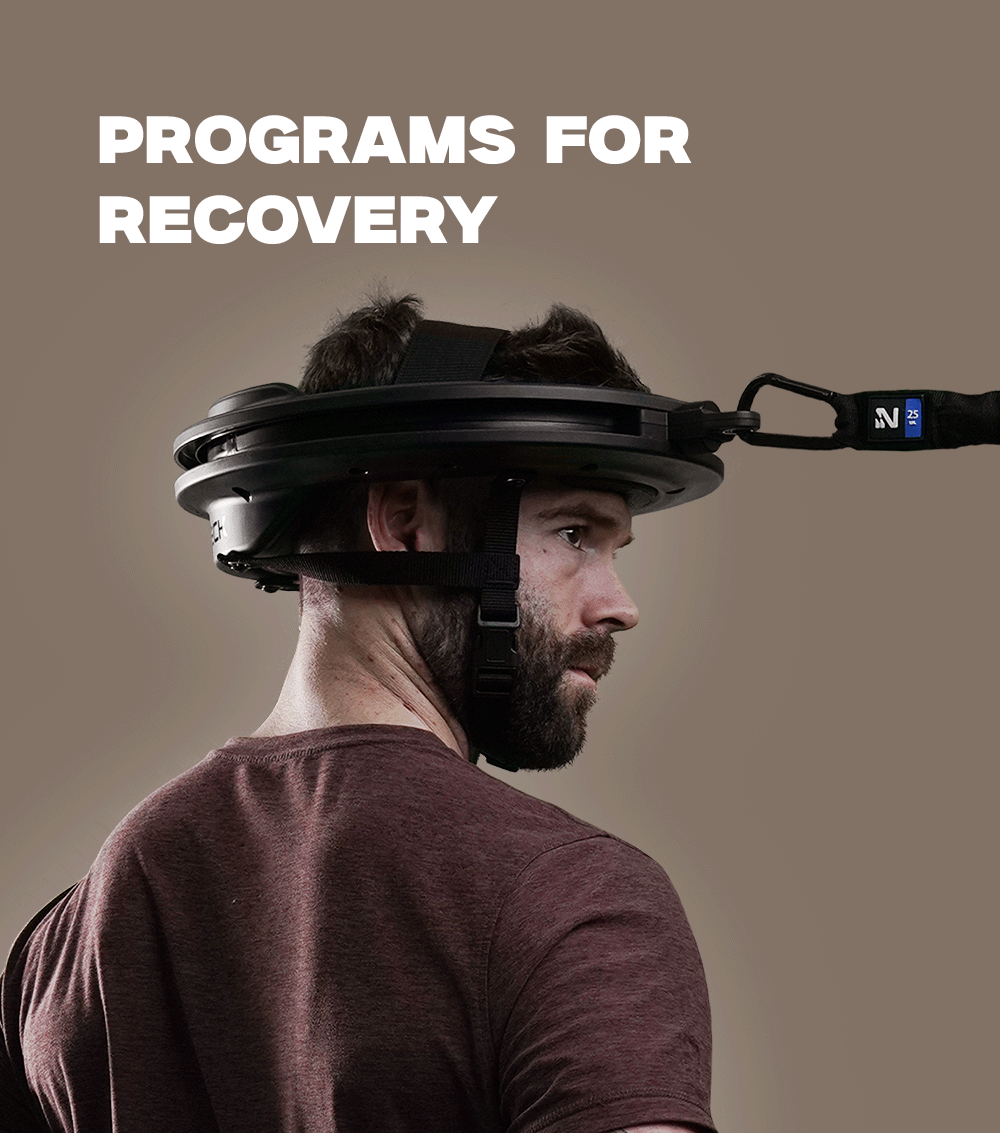Can A Strong Neck Prevent Concussions?
Our brains are powerful yet delicate, and there are few things that can change your life for the worse like brain damage. While our skulls are strong, they can only do so much when it comes to protecting the sensitive organ within. These days there is growing awareness of the danger posed by concussions, especially for athletes who tend to experience numerous concussions, which can be devastating to the brain.
But more and more research is going into how to prevent concussions in sports. A recent study by Rutgers School of Health Professions proffers that a possible solution for concussions is neck strength training and increasing neck girth.
Whiplash Effect Drives Concussions in Contact Sports
Over the course of the past several years, a great deal of research has focused on the correlation between neck strength, average neck size, and concussions.
For example, in a 2014 study published in the Journal of Primary Prevention, high school athletes had their neck circumference measured before the start of the season, then as the season progressed athletic trainers recorded incidents of concussions. By the end of the season, researchers found that a smaller neck circumference, smaller neck to head circumference ratio, and lower neck strength was strongly associated with concussions.
In other words, the bigger and stronger the neck, the less likelihood of concussion.
Neck Girth: What It Means
Another way to discuss neck size is by understanding the term “neck girth,” which is the measured circumference of your neck. You can increase your neck girth through neck strength training exercises.
Neck girth comes in handy when dealing with high contact sports as it can give your head stability, absorb and distribute shock, and potentially improve posture. According to the study by Rutgers, neck girth is associated with less head movement when dealing with either linear or rotational impact. As such, the study suggests that increasing neck girth can work as a preventative measure for concussions.
How to Prevent Concussions in Football
On the question of how to prevent concussion in football, the Rutgers study suggests measuring your neck strength before the season then working on preventative neck strengthening exercises to facilitate growth.
Football is perhaps the most notorious sport when it comes to concussions, so neck strength is essential. Your neck does not just consist of the muscles in your actual neck, but also the support muscles surrounding it. Making sure that those muscles are healthy and strong enough to promote good posture can help when it comes to taking the impact of a hit and keeping it from rattling your brain.
Other ways to prevent concussions in football include the use of proper safety equipment, as well as a willingness to let yourself heal when injuries do occur. Wear your helmet and listen to your body when it’s in pain. If you don’t allow yourself to recover from one concussion before getting the next, the symptoms will be more severe and long-lasting.
How to Prevent Concussions in Hockey
Hockey is another sport where speed and the high chance of impact can lead to concussions and other brain injuries.
As with football, increased neck girth and neck strength will help your neck brace for impact when experiencing any sort of whiplash or collision. This will allow your neck to take the full brunt of the hit’s energy, thereby preventing it from reaching your brain.
Focus on doing exercises and using equipment that will prepare and strengthen your neck for any impact, whether it comes from the side, the rear, or below.
How to Increase Neck Size & Prevent Concussions in Sports
Now you’re probably wondering how to increase neck size. While the neck often receives ancillary exercise from various upper body workouts, you usually won’t see much actual size increase unless you specifically emphasize neck strengthening exercises and equipment.
A concussion is initiated by the sudden movement of the head, causing the brain to bounce around the skull. These hits can be either linear or rotational, meaning that your neck needs training for both kinds of hits, especially for something as unpredictable as close contact sports.
Choose workouts and equipment that will help you strengthen your neck from every direction. That means making motions that exercise extension (tilting your head back), flexion (tilting your head forward), laterals (side to side), and rotation. By focusing on each of these movements, you will see your neck increase in size and strength.
What Iron Neck Can Do for You
With the rising awareness of the dangers of concussions, there are an increasing number of products on the market that aim to help mitigate the risk by building neck strength. The problem with most of these products, however, is that they tend to focus on exercising a single axis or motion rather than the entire neck.
Iron Neck, on the other hand, inspired by research such as the Rutgers article referenced above, has created neck strengthening equipment that will not only focus on linear neck strength along every axis but rotational neck strength as well. This is all crucial to optimizing your neck strength workout, building your neck girth, and ensuring that you’re optimally equipped to prevent concussions and other brain injuries.






